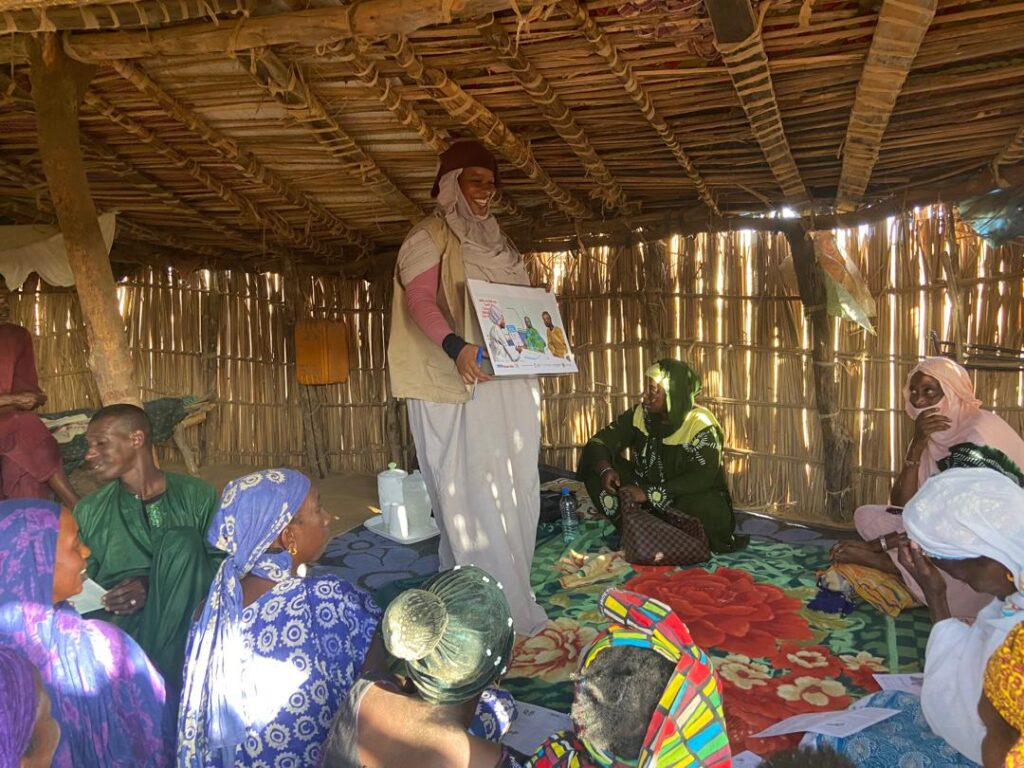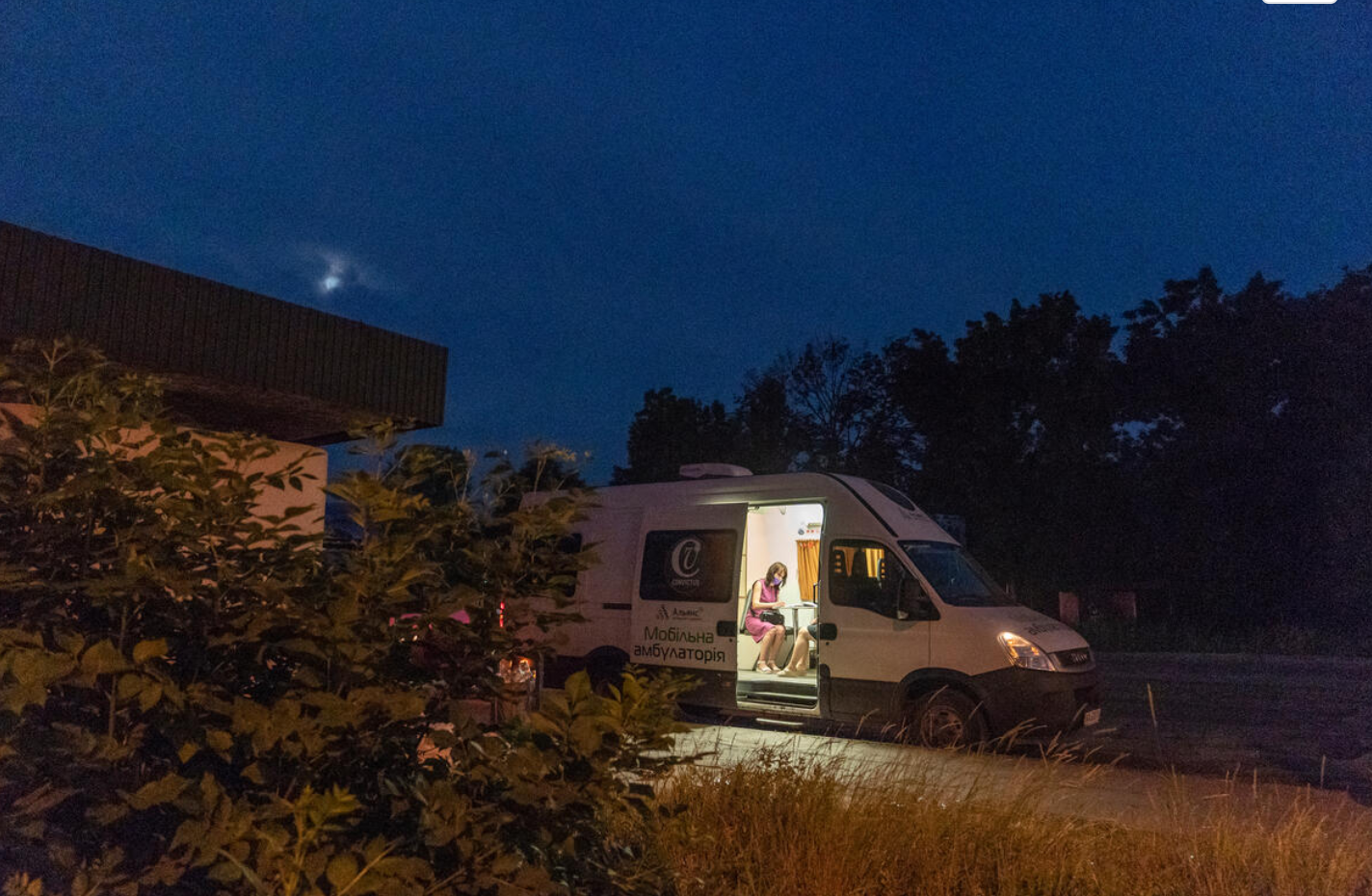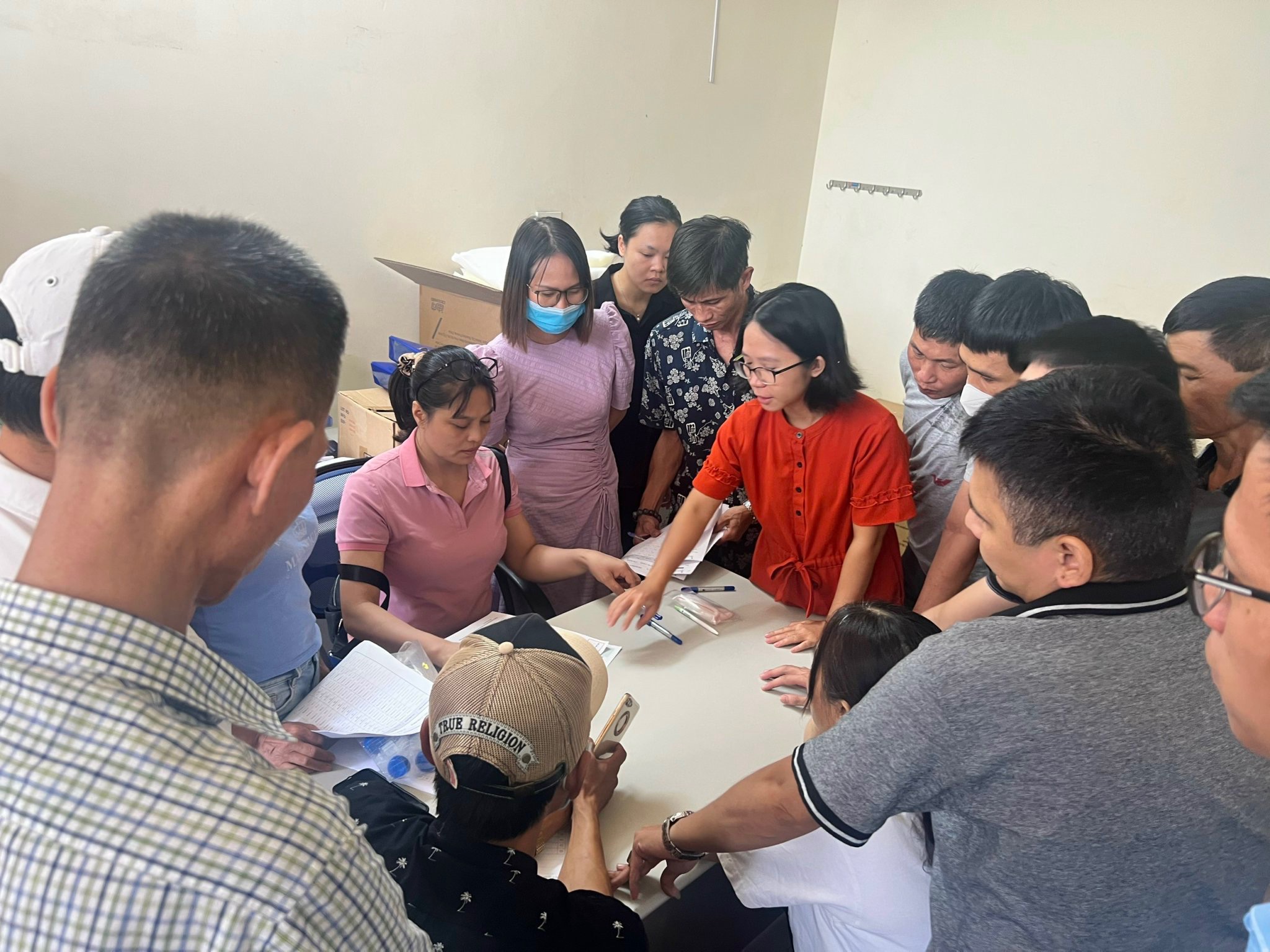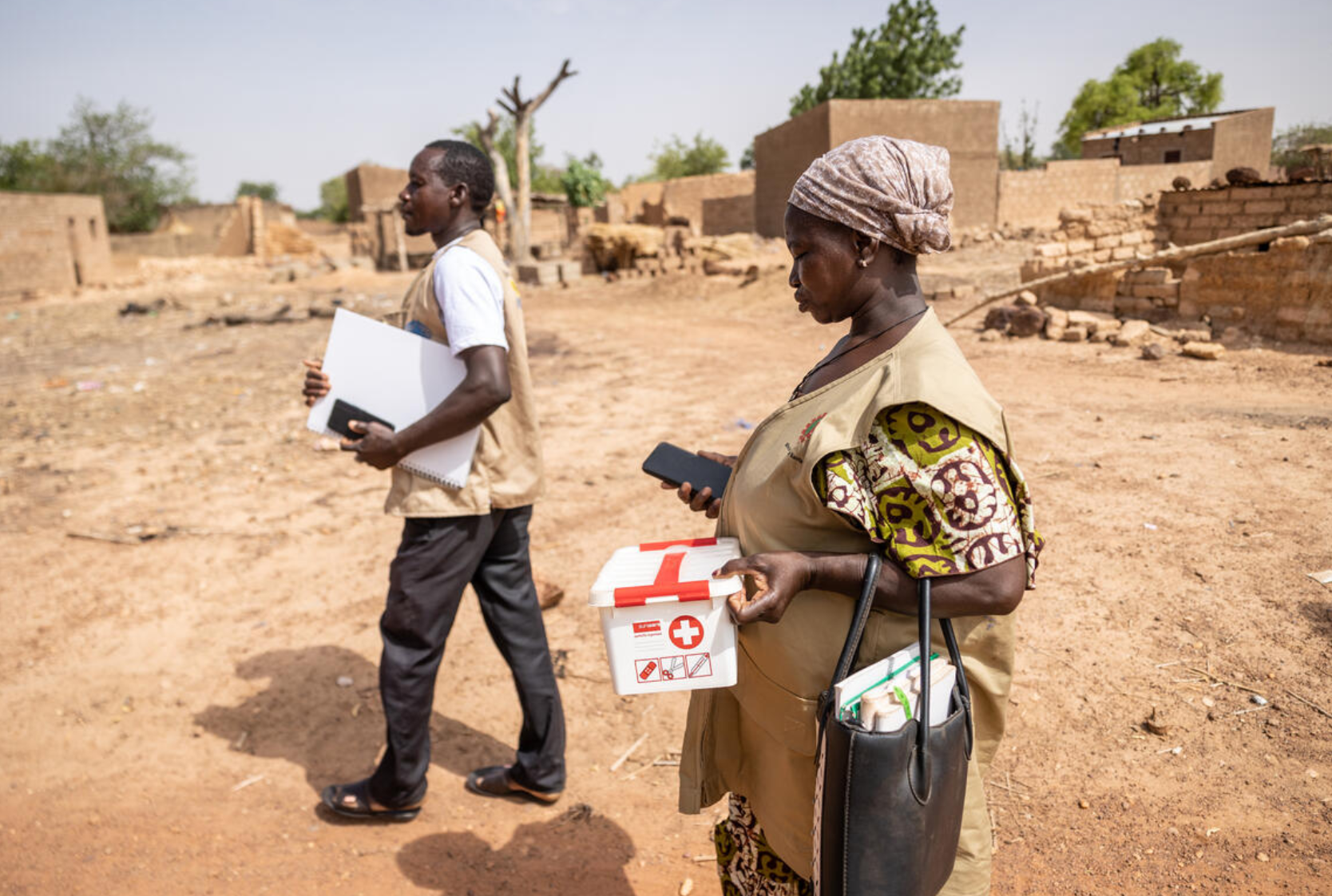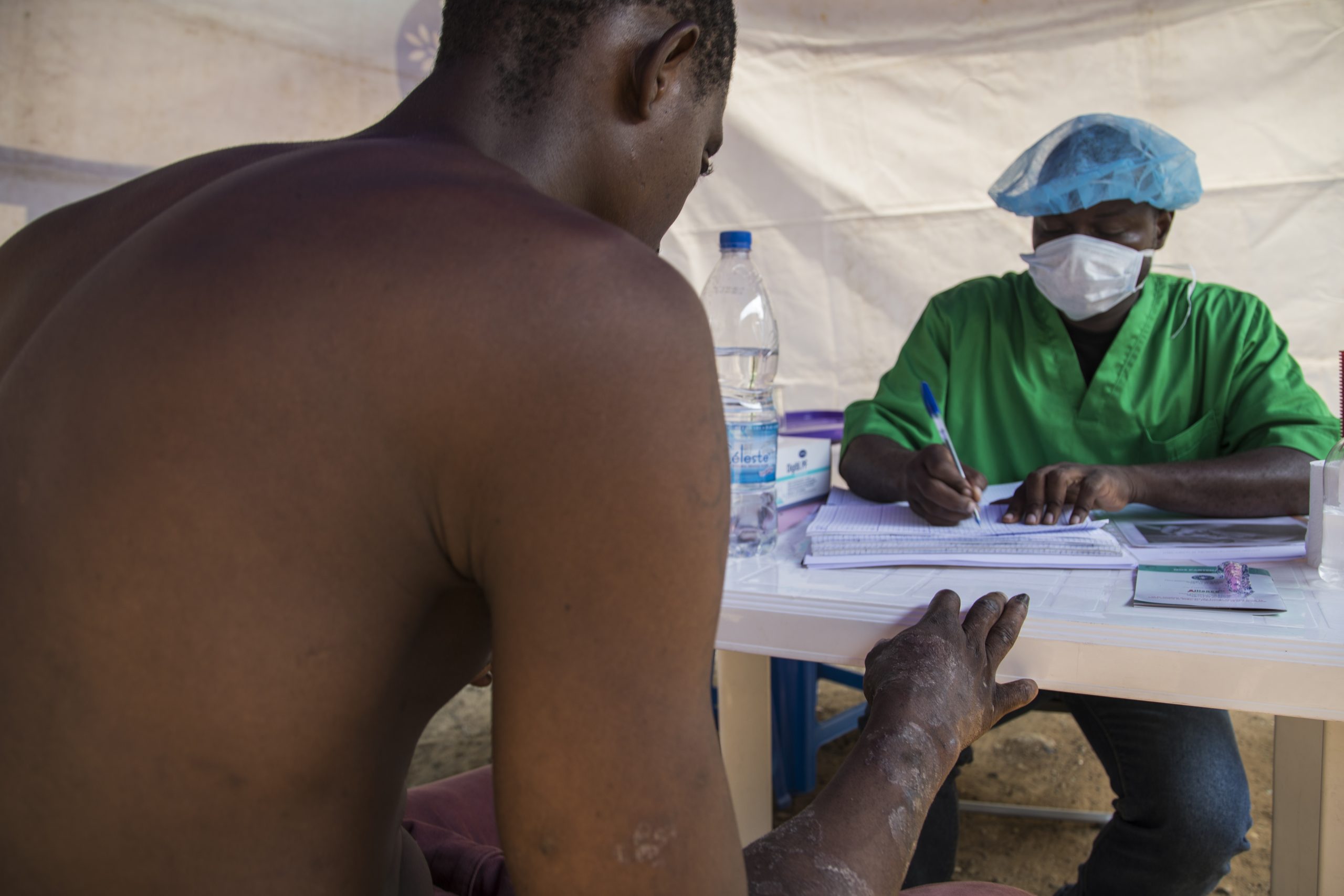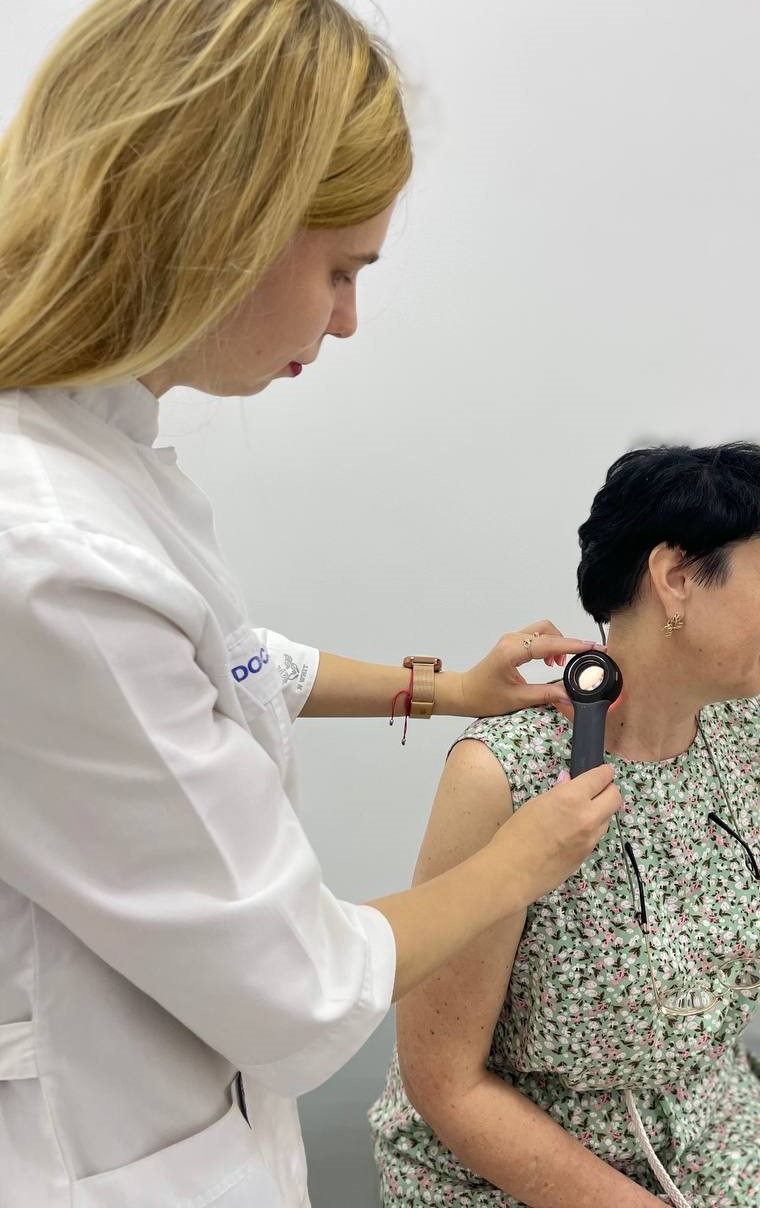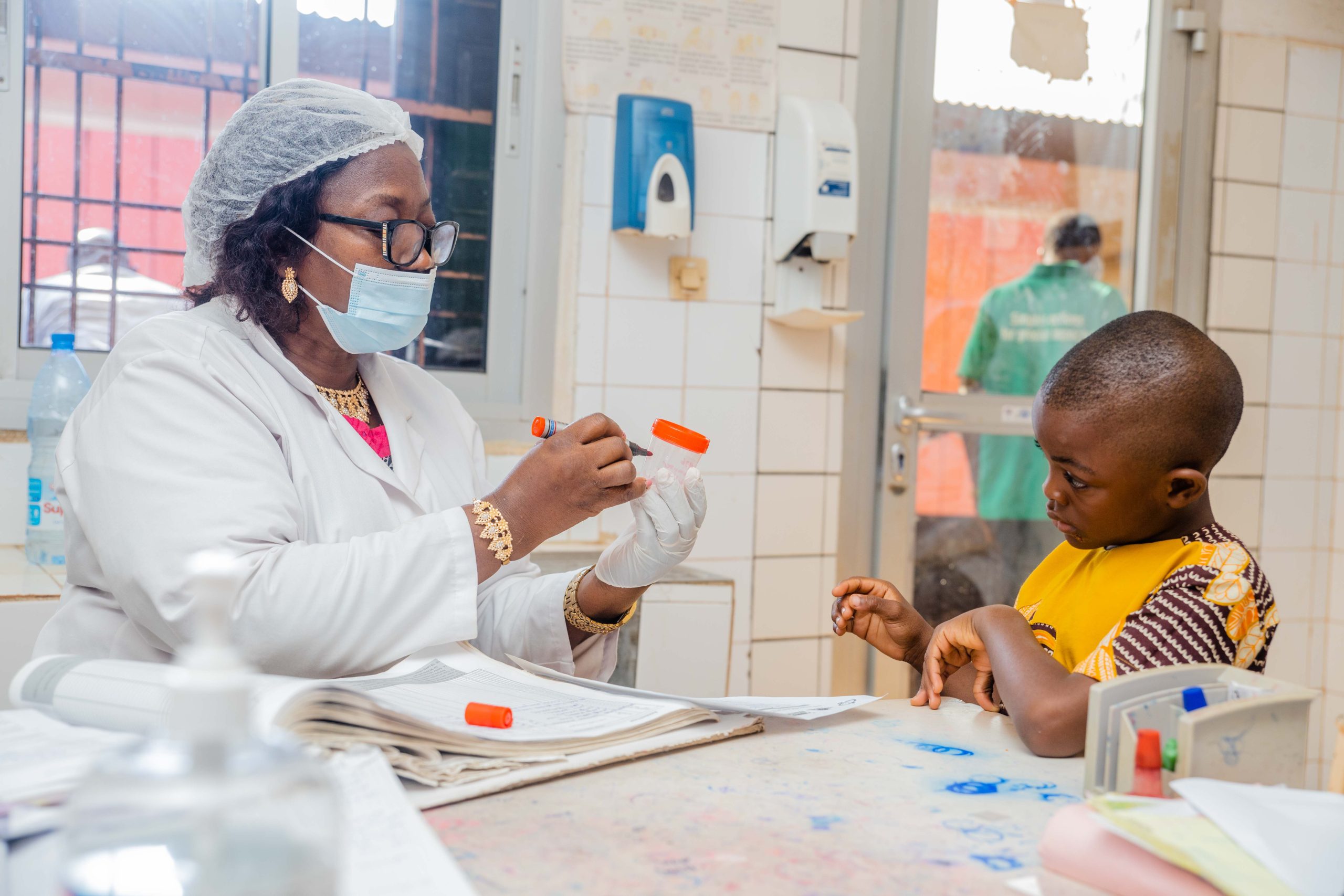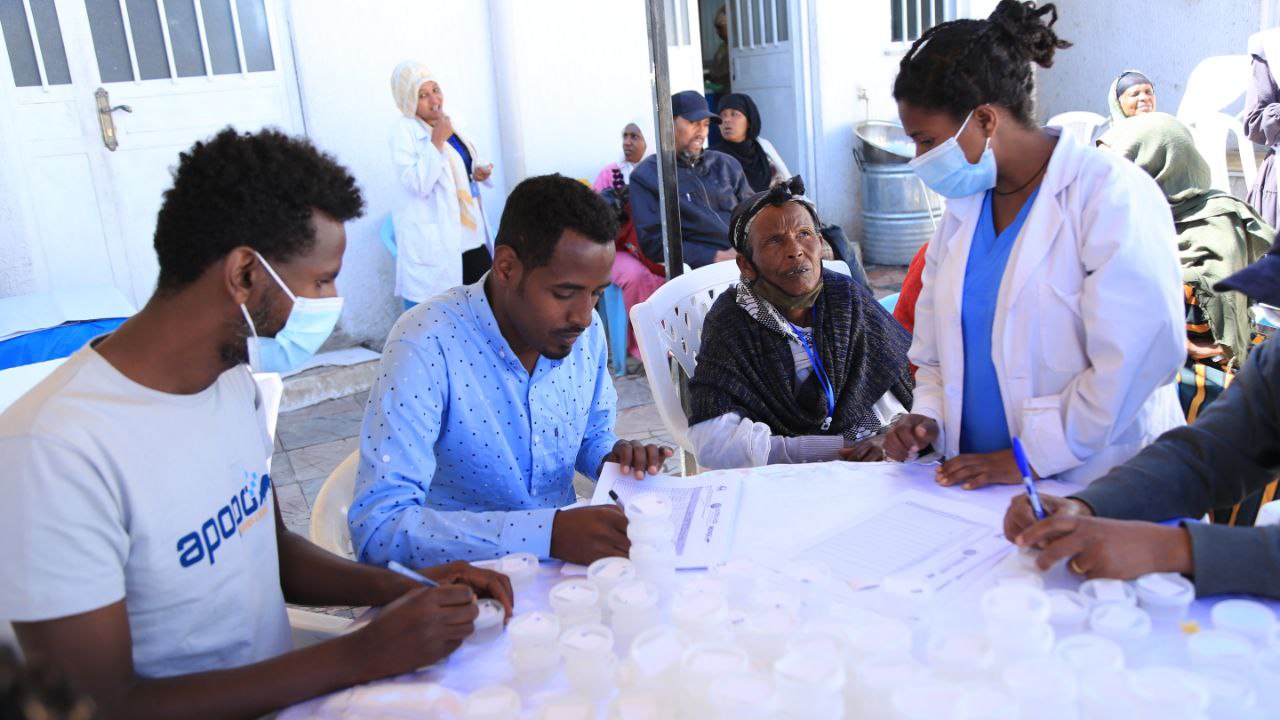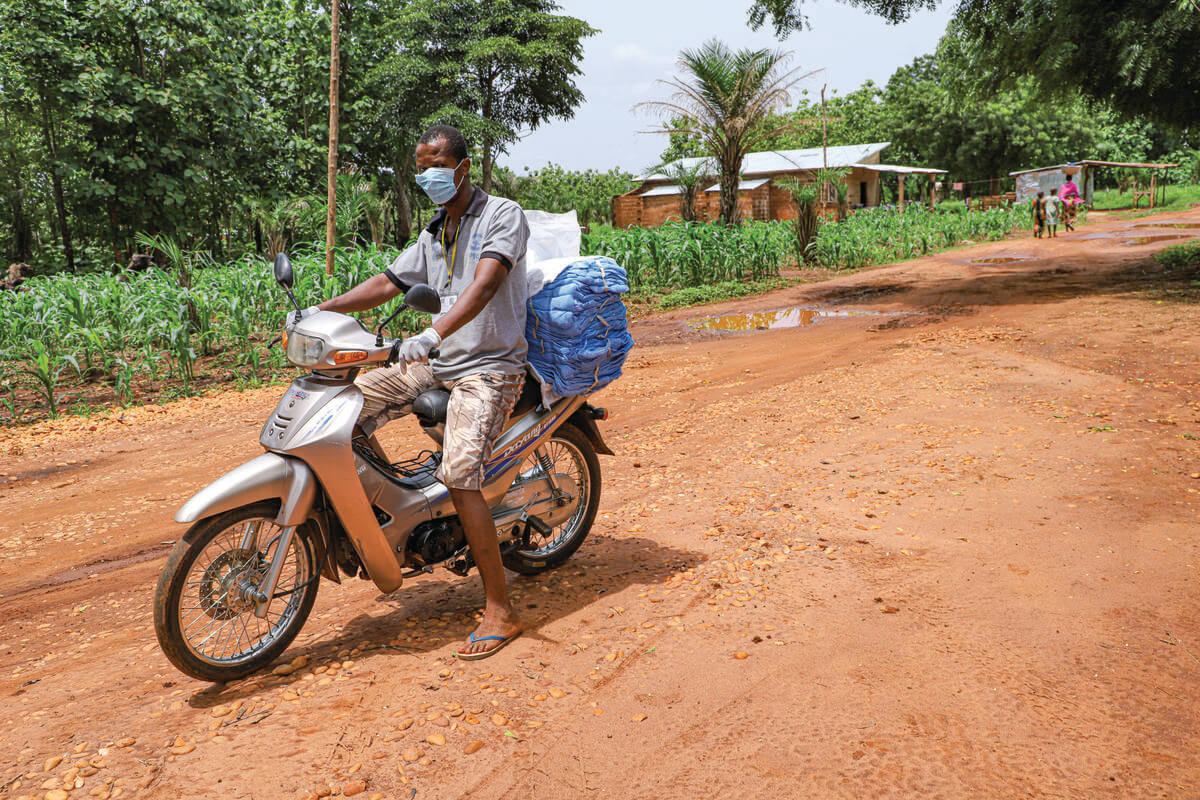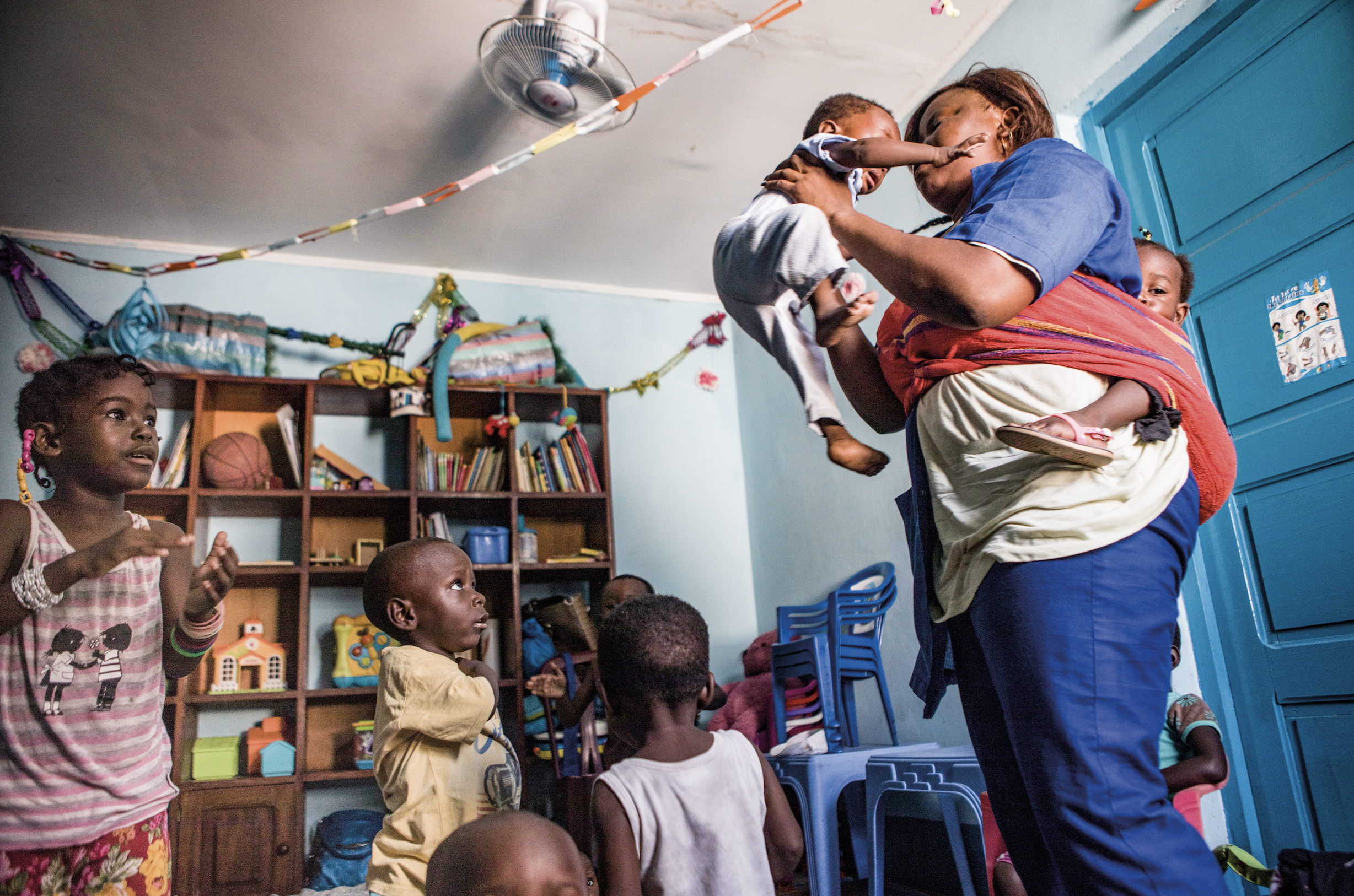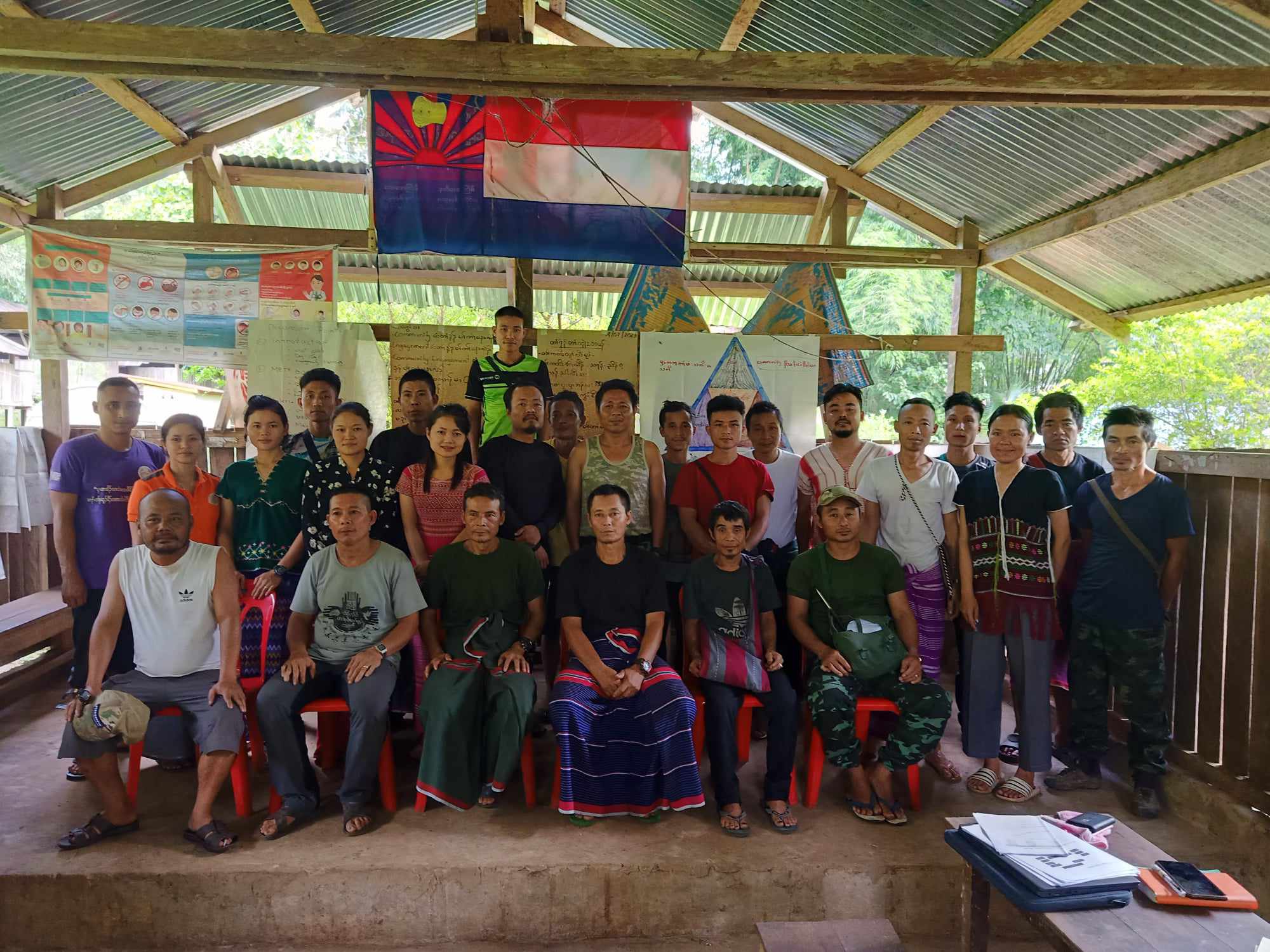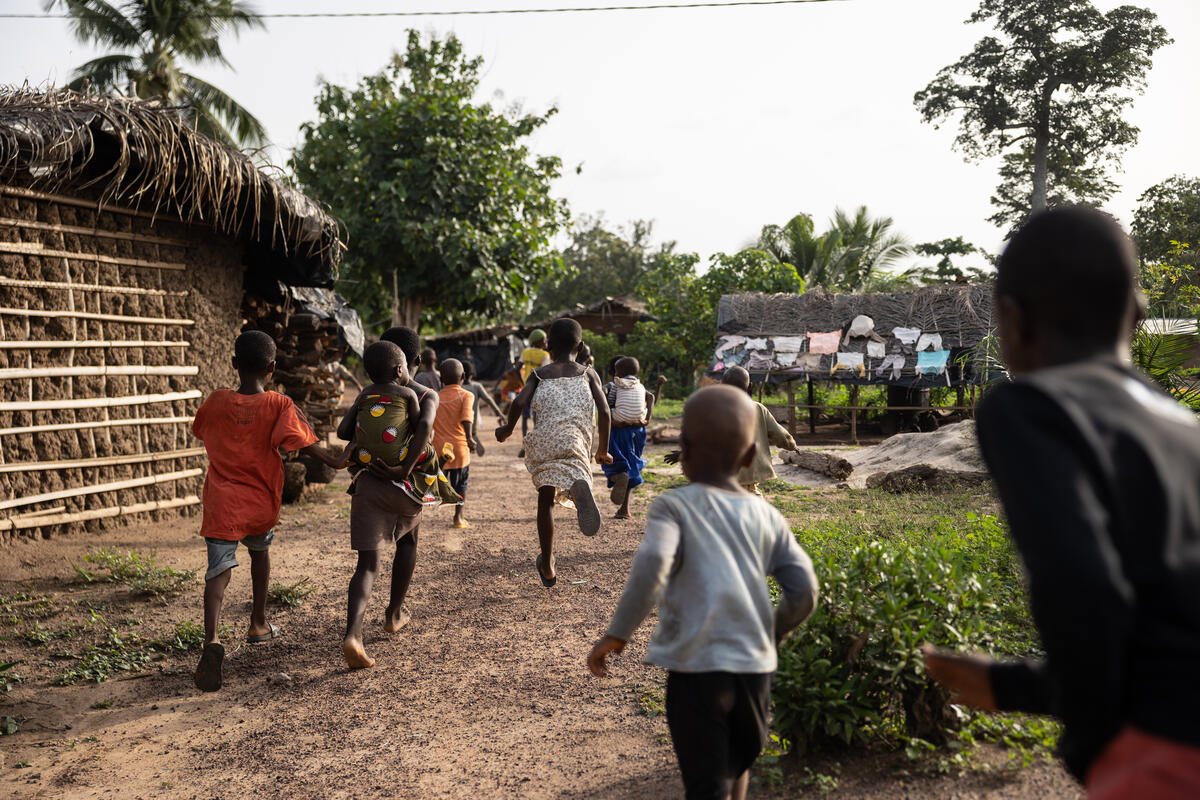The RAITRA project aims to improve the health of vulnerable populations in Madagascar by strengthening the prevention of tuberculosis, HIV, and malaria, while integrating community stakeholders into national strategies and empowering local NGOs.
Context
The groups most at risk for tuberculosis (TB) are those living in extreme poverty (more than 80% of the Malagasy population in 2021, according to the World Bank) and those suffering from malnutrition (44.4% in 2018), as weakened immune systems make them more susceptible. Madagascar’s underfunded healthcare system limits access to treatment, and despite a policy offering free TB care, the disease remains endemic, with an incidence of 233 cases per 100,000 people. The WHO reported 67,000 new cases in 2021, but only 60% of these were officially recorded. The treatment success rate was 83% among the notified cases, with 8.5% of patients lost to follow-up. Beyond poverty, stigma surrounding TB further delays diagnosis and treatment. The National Tuberculosis Control Program manages 253 diagnostic and treatment centers, but their distribution is uneven and insufficient.
Description
RAITRA strengthens TB, HIV, and malaria prevention through an inclusive approach in Madagascar.The RAITRA project aims to increase the inclusion of vulnerable urban communities in Madagascar’s TB, HIV, and malaria control programs by:
- Improving the knowledge and practices of underprivileged communities, particularly those undergoing treatment, to enhance prevention and control of TB transmission;
- Integrating community health workers, especially NGOs and community agents, into national programs for controlling these three diseases, with an emphasis on increasing their accountability;
- Empowering the three partner NGOs in TB-focused community health techniques and local advocacy.
Impact
An evaluation of the project highlighted the importance of involving social NGOs in community health efforts, provided there is clear communication and well-defined roles. The project has proven valuable in offering individual psychosocial support to improve treatment adherence and in supporting community health workers to increase their commitment to TB patients. These efforts have led to a reduction in the treatment dropout rate to less than 1% out of 2,080 patients, compared to the national rate of 8.5% in 2021.
